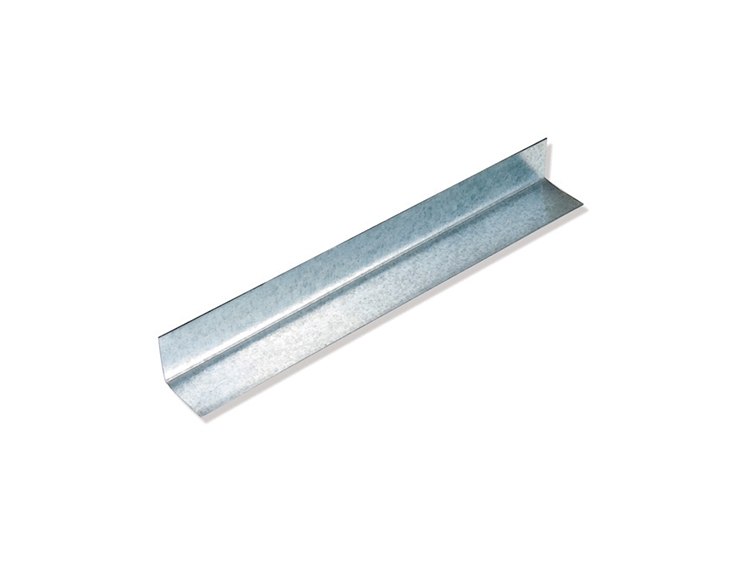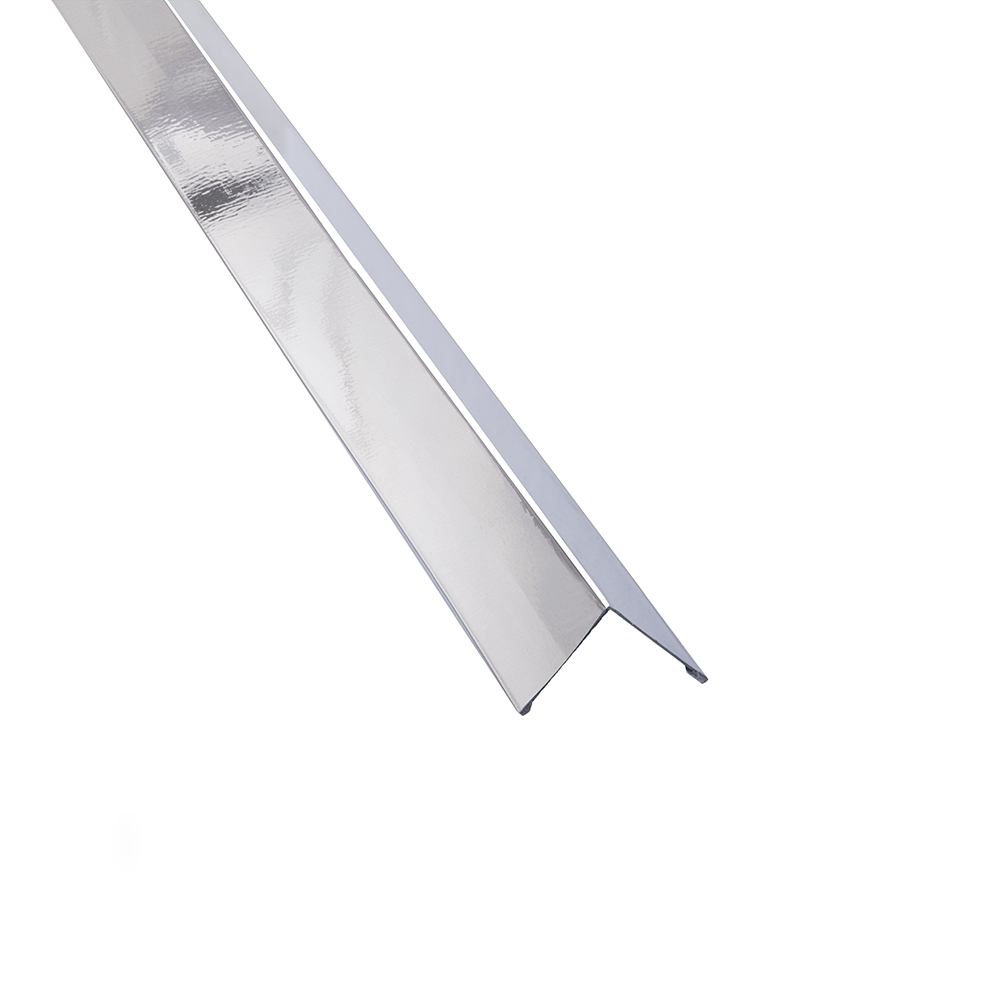Angle Profile L25: Technical Specifications and Applications
Introduction
An angle profile, often referred to as an angle, is a type of structural shape with a constant cross-sectional geometry. It has two perpendicular flanges, creating an "L" shape. The L25 angle is specifically designed with each flange measuring 25mm wide.
Materials and Properties
- Galvanized Steel: Most L25 angles are made from galvanized steel, which is steel coated with a thin layer of zinc. This zinc coating provides excellent corrosion resistance, making the profile suitable for both indoor and outdoor applications.
- Dimensions: Standard L25 angles typically have flanges that are 25mm wide, but the thickness can vary depending on the specific application.
- Strength and Durability: The "L" shape provides exceptional strength and rigidity, making it ideal for applications that require load-bearing capacity.

Applications of L25 Angle Profiles
- Construction: L25 angles are widely used in construction for:
- Framing: Creating frames for walls, ceilings, and partitions.
- Reinforcement: Strengthening corners and joints in structures.
- Support: Providing support for shelves, cabinets, and other structures.
- Manufacturing: Used in manufacturing various products, including:
- Metal furniture: As a frame for chairs, tables, and cabinets.
- Machinery: As a component in various machinery and equipment.
- Decorative elements: Due to its versatile shape, it can be used for decorative purposes, such as creating custom designs or adding a modern touch to interiors.
Advantages of Using L25 Angle Profiles
- Versatility: Suitable for a wide range of applications.
- Strength and durability: Provides excellent structural support.
- Corrosion resistance: The galvanized coating enhances durability.
- Easy to work with: Can be easily cut, drilled, and welded.
- Cost-effective: A relatively affordable option for many construction projects.

Technical Considerations
- Material Selection: Choose the appropriate grade of steel and thickness based on the load-bearing requirements of the application.
- Installation: Ensure proper installation techniques, including using appropriate fasteners and ensuring that the profile is securely attached to the structure.
- Safety: Always follow safety guidelines when working with metalworking tools.
Conclusion
The L25 angle profile is a versatile and essential component in many construction and manufacturing applications. Its strength, durability, and ease of use make it a popular choice for both professional builders and DIY enthusiasts. By understanding its properties and applications, you can make informed decisions when selecting this type of profile for your project.